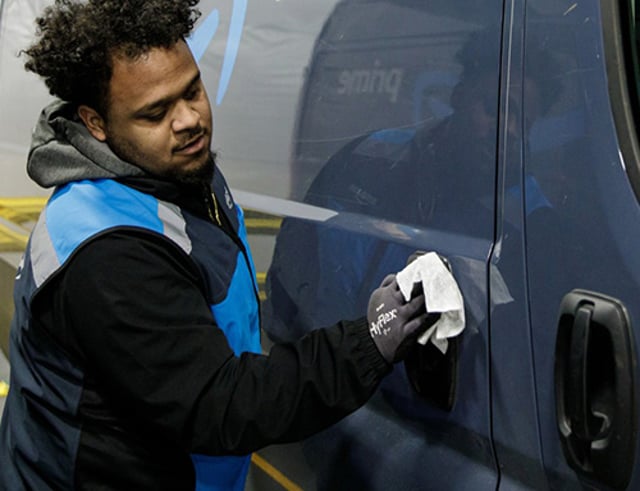Amazon expands program to ship goods in original packaging
Amazon is looking to minimize the use of extra packaging materials.
In an email to Chain Store Age, the e-tail giant said that starting Monday, Feb. 5, 2024, it is extending its "Ships in Product Packaging" (SIPP) program to all third-party sellers across the U.S. and Canada using its Fulfillment by Amazon hosted logistics service .
The program is designed to reduce unnecessary packaging waste by testing packages for their ability to ship in the original manufacturer’s packaging without additional Amazon packaging.
Since 2015, the company says packaging programs like SIPP have reduced its average packaging per shipment by 41% and eliminated the need for more than 2 million tons of packaging material. And in 2022, 11% of packages Amazon shipped worldwide were shipped without additional packaging.
Along with the benefit of cutting down on waste, participating sellers are also now eligible for discounted fees. Products certified to ship in their own packaging can receive a fulfillment fee discount ranging from $0.04 to $1.32.
Amazon said it works with manufacturers to design their packaging to be able to safely and securely ship without the need for extra packaging. For example, Amazon collaborated with CPG company Procter & Gamble to make Tide laundry detergent bottles into a box which acts as its own shipping container. The new design uses 60% less plastic, 30% less water, and is four pounds lighter, according to Amazon.
Amazon focuses on packaging sustainability
Amazon continues looking for ways to minimize carbon emissions, increase recyclability and reduce waste in its packaging. The company follows a number of initiatives to reduce packaging, particularly plastic packaging.
These include sustainable insulated packaging, made from recycled paper and curbside-recyclable, for delivery of select grocery products. Amazon is also working toward making all of its shipments net-zero carbon through Shipment Zero, with a goal of delivering 50% of all shipments with net-zero carbon by 2030.
The company also uses machine learning (ML) approaches and a combination of natural language processing and computer vision to determine how to use the right amount of packaging for the hundreds of millions of products it ships.
To make a prediction about whether a given product could be safely shipped in a particular package type, Amazon built an ML model based largely on text-based data from online product listings such as item name, description, price, and package dimensions.
Other efforts to reduce packaging waste include curbside recyclable packaging made from recycled paper. Deliveries of chilled and frozen food products from the company’s Amazon Fresh and Whole Foods Market brick-and-mortar grocery chains now arrive insulated in packaging designed to be convenient for customers to recycle at home.
According to Amazon, moving to all curbside-recyclable insulation annually replaces approximately 735,000 pounds of plastic film, 3.15 million pounds of natural cotton fiber, and 15 million pounds of non-recyclable mixed plastic.


